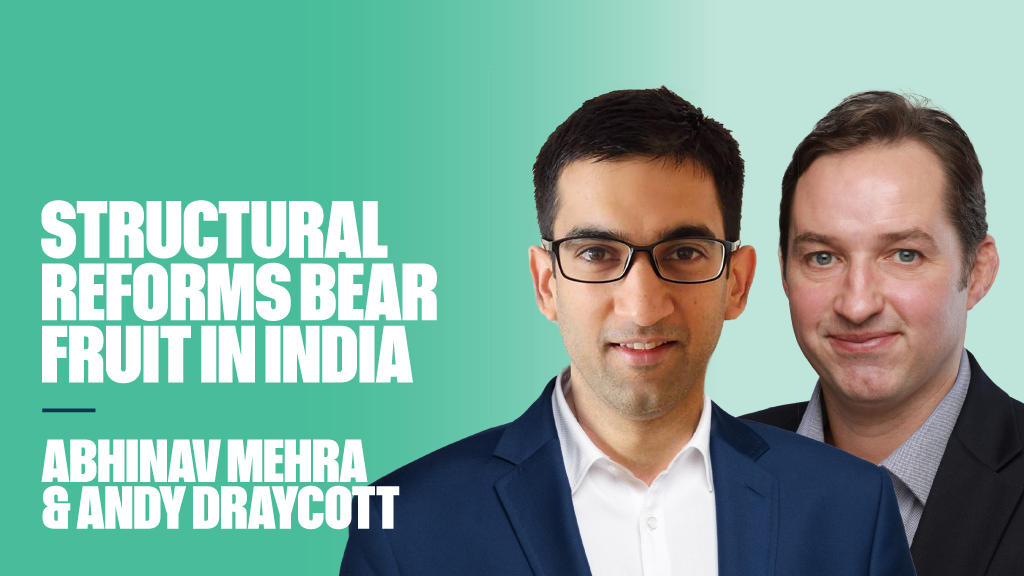Ahead of the latest news out of China, emerging markets seemed caught between evidence of a weakening Asian giant and a strengthening US market that is looking like it will start to raise rates sooner rather than later. And, given the selloff seen last year on the back of the Federal Reserve’s announcement of plans to begin its quantitative easing tapering programme, a rise in US yields is seen as a headwind.
On top of this, there is the continued geopolitical noise from areas like the Ukraine and the Middle East, that has heightened uncertainty.
But, while equity markets have sold off somewhat in September, they are still up for the year and, increasingly, investors are on the fence as to whether or not it is now time to get back more thoroughly into the asset class.
F&C’s Paul Niven, for example, said on Tuesday that the group was replacing some its exposure to Europe ex-UK, with emerging market equities.
“The ‘risk-off’ trade has largely bypassed the developing countries and shares have made decent progress of late. Investors appeared to have woken up to the appealing valuations of many markets and confidence has been buoyed further by economic reforms in China, India and Mexico. Liquidity among emerging markets is also favourable.”
Subsiding flashpoints
Part of this shift in sentiment has been a subsidence in the profile of some of the ongoing geopolitical flashpoints.
As, Ashmore’s Jan Dehn points out: “Geopolitical concerns have not gone away, but markets are becoming more rational about the situation inRussia-Ukraine and the Middle East, and shifting attention back to US markets, notably the Dollar and US treasury yields.”
“It is unsurprising that geopolitical concerns are fading a bit. It is the normal pattern for the complexities of geopolitical events initially to scare investors into selling all kinds of assets, even those with no direct connection whatsoever to the events in question, but then slowly for rationality to set in and eventually the risk is correctly priced,” he adds.
Richard Titherington, emerging market equities CIO at J.P. Morgan Asset Management is also cautiously positive on the sector, saying that, were investor sentiment on emerging markets a traffic light, “it would be flashing amber”.
Given the “myriad sources geopolitical uncertainty that remain on the horizon,” Titherington said, prudence is advised but, “the path ahead would appear to be compelling for those willing to navigate the road.”
Where to look
According to Titherington, there are three primary catalysts that investors should be monitoring if they are looking to get back into the EM space.
“First”, he says, “look for stabilisation across emerging market currencies.” This he says is a sign of an improvement in the trade balance between the emerging and developed world, and he says it is starting to happen as emerging countries have begun to see earnings recover.
The second catalyst, would be a ’recoupling’ of emerging and developed markets.
Currently he says, there is evidence that this is beginning to happen, reversing a period where poor earnings growth in emerging markets saw correlations decline.
“Correlations in forecast GDP growth for the next 12 months indicate we be approaching an inflection point. Manufacturing-intensive emerging market exporting countries are taking the lead in showing signs of life and already undergoing ‘selective recoupling’ as they benefit from recovering demand,” he says.
The final catalyst is an improvement in earnings expectations, which he says, should be viewed alongside valuations, “which are not a catalyst per say but certainly an important traffic signal”.
It is clear that risks remain and, indeed, the term ‘emerging market’ belies a vast and varied set of countries all with different economic drivers and prospects, but there does seem to be a growing swell of positive sentiment toward the sector. And, barring a much more rapid rise in US rates than is currently anticipated, a view that, perhaps, now might well be a good time to relook at one’s allocation to it.











